A major ectoparasitic health problem in guinea pigs is lice infestation, often called pediculosis. Lice-infested guinea pigs might only show signs of sickness when under duress. Stress might make the infestation worse, which will make the guinea pig unhappy and uncomfortable.
Guinea pigs frequently have lice on their ears and necks. In addition to making you feel uneasy and irritated, a lice infestation can cause blood loss and anemia. Consequently, it’s critical to prevent lice infestation and, in the case that it does occur, to take appropriate measures to control it and stop reinfestation.
Is There Lice in Your Guinea Pig?
Examine your guinea pig for nits, hair loss, and scratching on its fur if you think it may have lice. Next, take your guinea pig to the vet so that it can be examined and given the right drugs, like topical treatments or medicated shampoos.
Wash all bedding and other necessary items after the cage has been thoroughly cleaned and sanitized. Re-infection can be dodged by practicing great cleanliness and keeping your pet clean, which will keep your guinea pig cheerful and solid.
Symptoms and Types of Guinea Pig Lice
Signs of guinea pig lice:
- Excessive scratching or itching
- Hair loss, particularly around the neck, back, and shoulders
- Skin irritation or redness
- Presence of visible nits (lice eggs) attached to the fur
- Restlessness or discomfort
- Reduced appetite or weight loss
There are two main types of guinea pig lice:
- Biting lice (Gliricola porcelli): Feed on skin debris.
- Sucking lice (Pseudolynchia canariensis): Feed on blood, potentially causing anemia in severe cases.
If you notice these signs, the best thing to do is contact a vet for an accurate diagnosis and appropriate treatment.
Treatment for Lice in Guinea Pig
Dealing with lice in guinea pigs requires careful attention and professional guidance. Begin by consulting a veterinarian to confirm the diagnosis and receive appropriate medication. This may include giving your pet a bath with medicated shampoo or applying topical solutions to its ears.
Following the vet’s instructions, it’s important to complete the entire treatment regimen to effectively eradicate the lice infestation. Additionally, maintaining a clean living environment by regularly washing and disinfecting the cage and items within it is crucial.
If your pet’s condition does not improve or worsens, seek further medical check-ups promptly. Standard preparing not as it were helps in treatment but moreover contributes to the generally wellbeing and consolation of your guinea pig.
With proper care and treatment, your pet can fully recover from lice infestations and thrive in an environment conducive to its well-being.
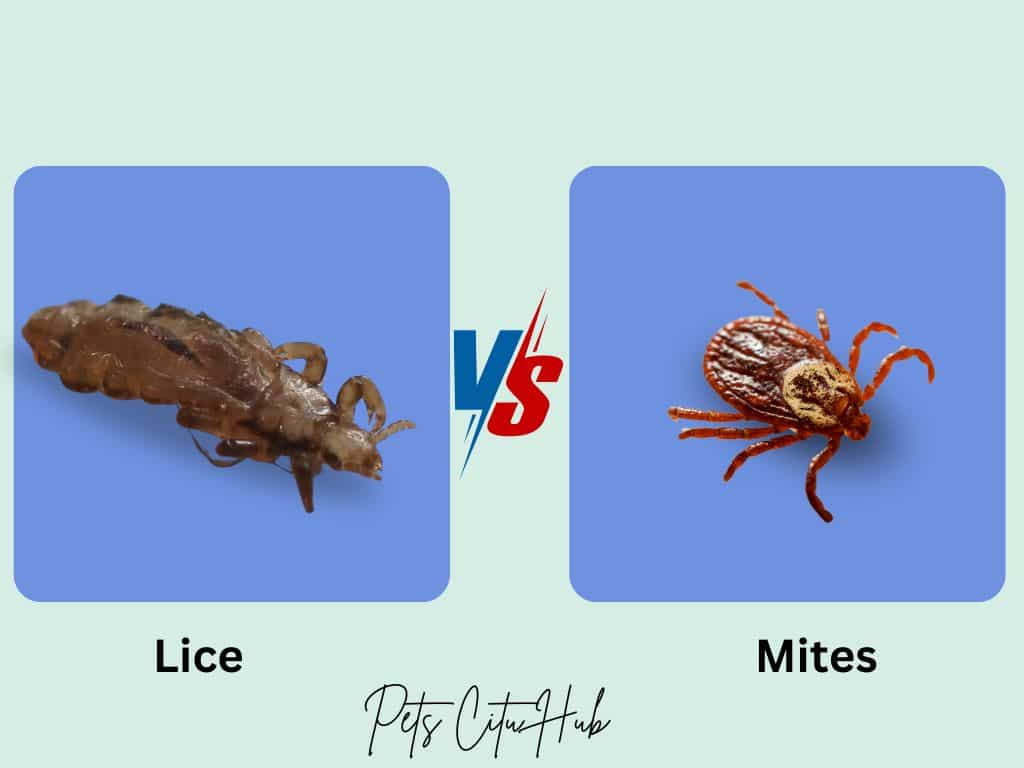
Difference Between Lice and Mites
What is Guinea Pig Lice
Tiny, wingless parasites called guinea pig lice infest their fur, thereby causing itchiness and irritation. They feed on skin debris or blood and reproduce quickly. The treatment of this problem involves medications prescribed by the vet and ensuring that the environment is kept clean.
What is Guinea Pig Mites
Guinea pig mites are tiny eight-legged creatures that drill into the flesh of these animals, leading to much pain and discomfort. They bolster on skin flotsam and jetsam or blood and replicate rapidly. Treatment requires prescribed medication from a veterinarian as well as thorough cleaning of the guinea pig environment.
Keeping Your Guinea Pig free of Lice
Ensuring a clean environment for your guinea pig is crucial in preventing lice infestations. Regularly clean their cages and accessories to reduce the risk of parasites. Conduct periodic health checks and grooming sessions to monitor their well-being and catch any signs of infestation early.
Keep your guinea pig away from other animals that may be carrying lice to prevent the spread of parasites. If you suspect your pet is infested, seek veterinary care promptly for proper diagnosis and treatment.
Support your guinea pig’s immune system with a balanced diet and good hygiene practices. Show your love and care through affection, attention, and proper care routines. Your commitment to their well-being will contribute to a healthy and happy life for your pet guinea pig.
Can Your Guinea Pig Give You Lice?
The lice that infect guinea pigs are unique to them and cannot spread to humans. They have evolved to withstand the particular circumstances found on a guinea pig’s fur. On the other hand, there’s a chance that handling an infected guinea pig could cause lice to momentarily attach themselves to your skin or clothing.
Change your clothes right away after touching a pet that has lice, and stay away from close contact until the lice are treated, to help prevent this. It’s crucial to understand that any discomfort or itching you might feel might not be the result of guinea pig lice and could have different causes.
[N.B] If you have concerns, consult a healthcare professional for proper diagnosis and advice.


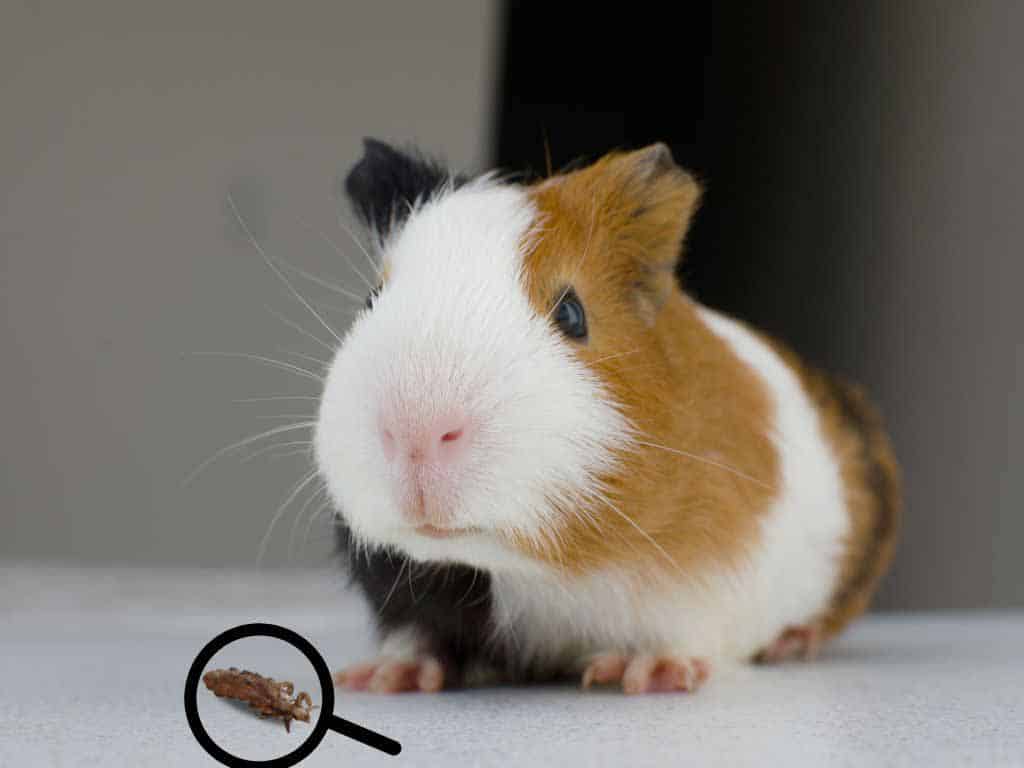

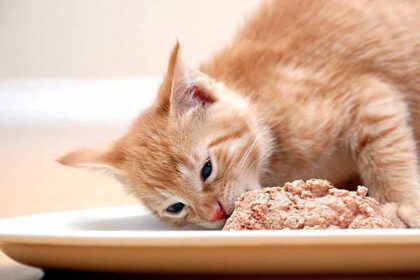
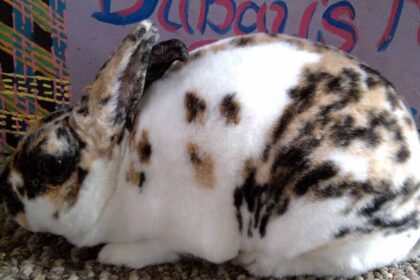
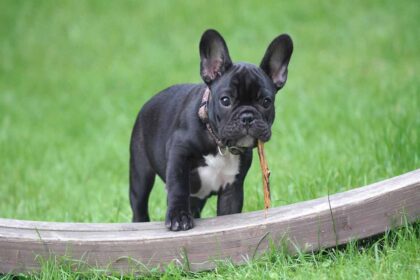
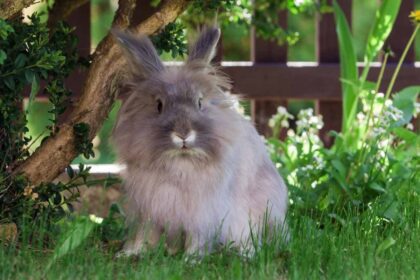


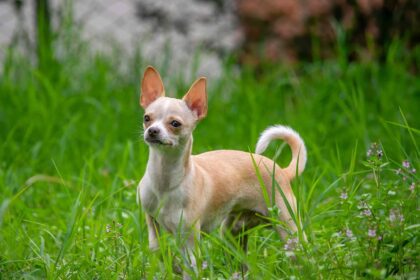

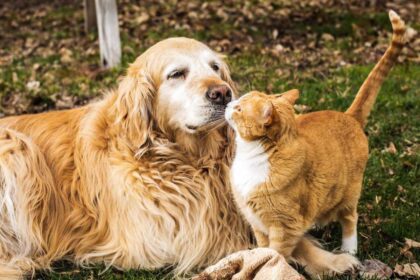

Comments are closed.